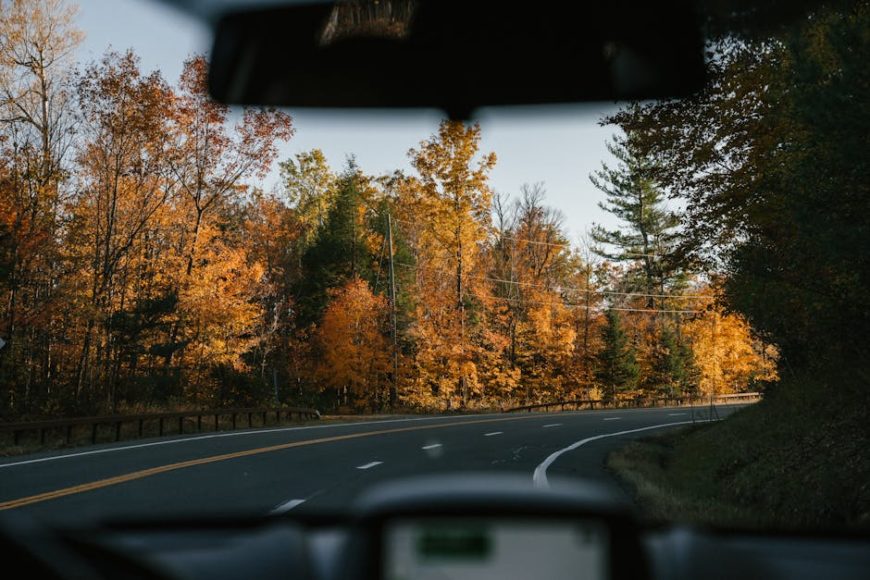- August 18, 2024
- By
- In Uncategorized
- 139
- 0

Getting stuck with your vehicle in a sticky situation where car winching becomes a necessity is something all drivers want to avoid. Luckily, with a bit of foresight and preparation, there are ways to minimize or even prevent these situations entirely. In this blog, we’ll explore nine practical tips to keep you moving smoothly on your travels, making use of simple, engaging explanations for everyone.
Before you even start your car, knowing exactly where you’re going is crucial. Use mapping tools to check your route for any potential hazards like steep inclines, notoriously muddy areas, or routes that become impassable in bad weather. This preliminary step might seem tedious, but it’s your first line of defense against situations requiring car winching.
Another point to consider is alternative routes. Sometimes, the main road isn’t always the safest option, especially in severe weather conditions or when heavy traffic increases the risk of accidents. Having a Plan B (and even a Plan C) can keep you moving smoothly towards your destination without unexpected halts.
The weather can change from sunny to stormy in the blink of an eye, especially in certain areas prone to unpredictable conditions. Make it a habit to check the weather forecast for your route and destination before leaving. This isn’t just about avoiding rain or snow; it’s about understanding how the weather might affect road conditions. For example, heavy rainfall can lead to flooding or transform dirt roads into muddy traps.
Not all vehicles are created equal, especially when it comes to off-road or challenging conditions. Take the time to really understand what your car can and can’t handle. This means knowing how well it performs on different terrains, its clearance level, and how its weight distribution affects its stability. Overestimating your vehicle’s capabilities can quickly lead to situations where you’d need winching out.
If your travels frequently take you off the beaten path, investing in the right equipment can be a game-changer. This includes all-terrain tires, skid plates to protect the undercarriage, and even a self-recovery winch if you’re often in remote areas. However, the best gear in the world can’t replace good judgement. Always assess whether it’s wise to proceed or if turning back is the safer option.
Off-roading can be an exhilarating experience, but it’s also where many drivers find themselves stuck. Stick to known trails and avoid venturing into areas that look overly difficult or that you’re not familiar with. Remember, every off-road trail is different, and what might be a piece of cake for one vehicle could be a trap for another.
The heavier your vehicle, the more difficult it will be to recover if you get stuck. Before setting off, take a moment to evaluate what you’re carrying and remove any unnecessary items. This doesn’t mean leaving behind essential safety gear, but rather streamlining your load to reduce the risk of getting bogged down.
It might seem like a no-brainer, but staying on roads and trails that are meant for vehicular traffic is one of the easiest ways to avoid needing winching services. These paths are typically designed to handle the weight and passage of vehicles, minimizing the risk of becoming stuck.
Safe driving is about more than just obeying speed limits and road signs; it’s about adapting your driving style to match the current conditions of the road and weather. This includes reducing your speed in adverse conditions, avoiding sudden starts or stops that can lead to skidding or getting bogged down, and keeping a safe distance from the vehicle ahead of you.
Despite your best efforts, getting stuck might still happen. Joining a recovery program or having a reliable winching service on speed dial can provide peace of mind. Look for services that cover a wide range of situations and terrains. Sometimes, just knowing help is a call away can make all the difference in your travel confidence.